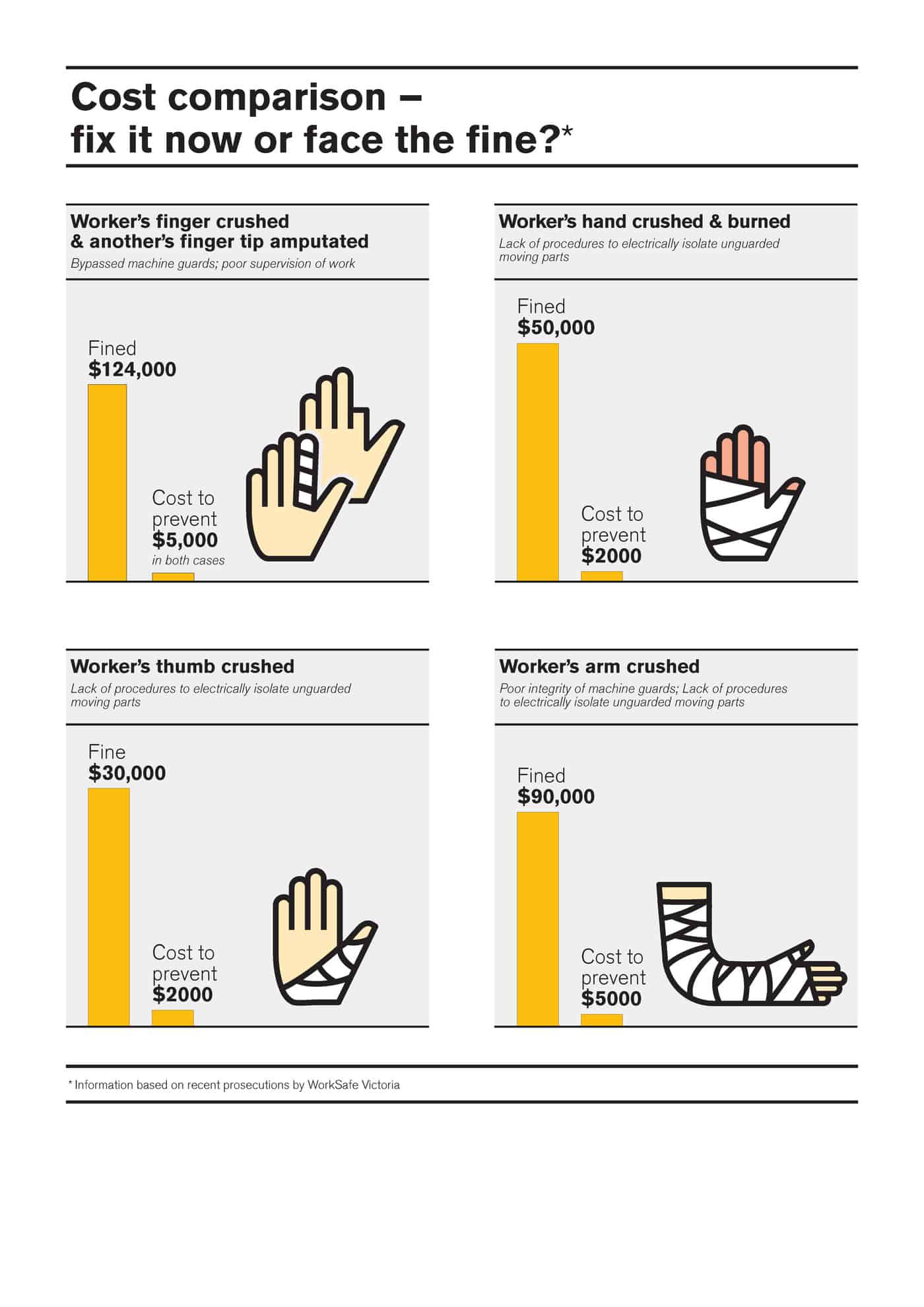Vaughan Bowie is an Australian academic who has chosen workplace violence as his major area of interest. Bowie came to general prominence earlier this century with several books and his contribution to the WorkcoverNSW guidance on workplace violence.
 His research has taken him to look at “organisational violence” and in October 2012, he addressed the 3rd International Conference on Violence in Healthcare (the proceedings are available HERE) on the topic in a presentation called “Understanding organizational violence: The missing link in resolving workplace violence?”
His research has taken him to look at “organisational violence” and in October 2012, he addressed the 3rd International Conference on Violence in Healthcare (the proceedings are available HERE) on the topic in a presentation called “Understanding organizational violence: The missing link in resolving workplace violence?”
Bowie writes, in the conference proceedings (Page 155), that
“Initially much of the workplace violence (WPV) prevention and management responses focused on criminal violence from outside organizations. At the same time there was also a growing concern about service user violence on staff especially in the human services area. A later stage of this development was a growing recognition of relational violence at work. This includes staff-on-staff violence and aggression, bullying, horizontal violence, sexual harassment and domestic violence.
Models based on these areas of WPV have been developed by the International Labor Organisation (ILO), the World Health Organisation (WHO), the Injury Prevention Research Center (IPRC) and the California Occupational Safety and Health Administration (Cal/OSHA) and other regulatory bodies. This presentation will show that the current models and responses based on these types of WPV are inadequate and ineffective because they largely ignore the fact that organizational culture and management style have a direct contributory effect on the types of violence experienced by employees, third parties, and service users. The findings demonstrate that what at first appears to be criminal, service user or relational violence at work may in fact be the outcome of a type of ‘upstream’ organizational violence trickling down in a toxic way triggering further violence.” (emphasis and links added) Continue reading “Considering organisational violence may provide a more effective path to controlling psychosocial issues at work”

 Statistics and Costs
Statistics and Costs

